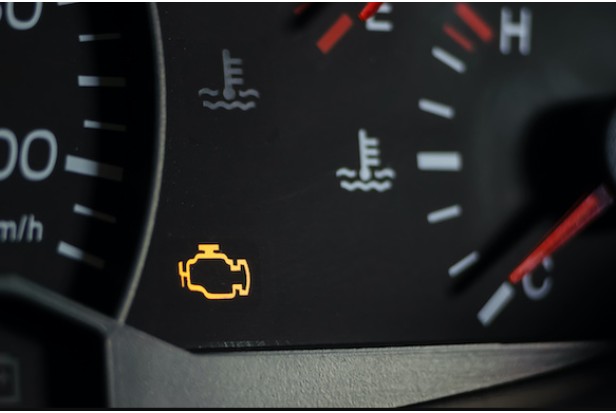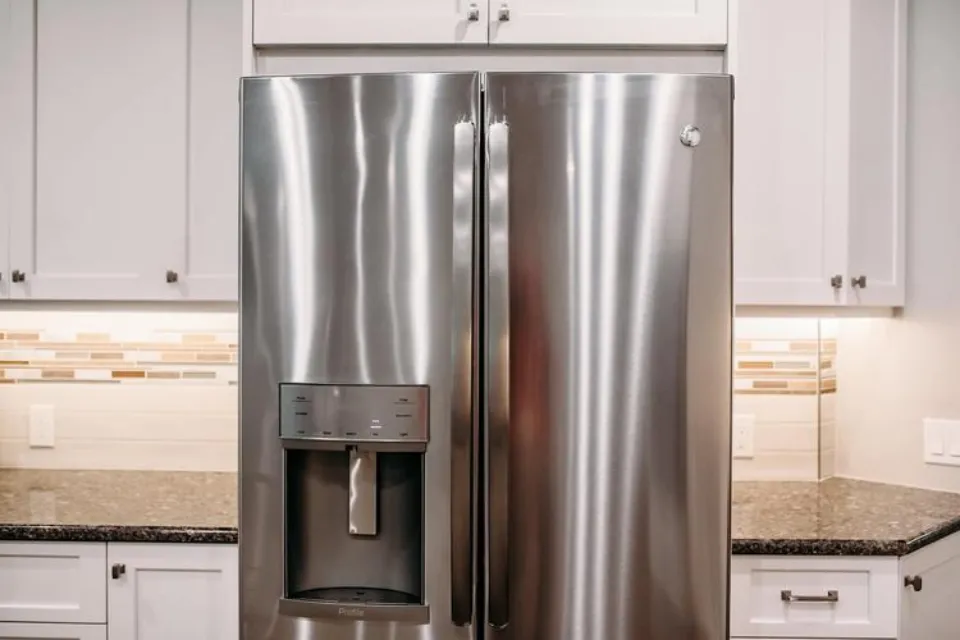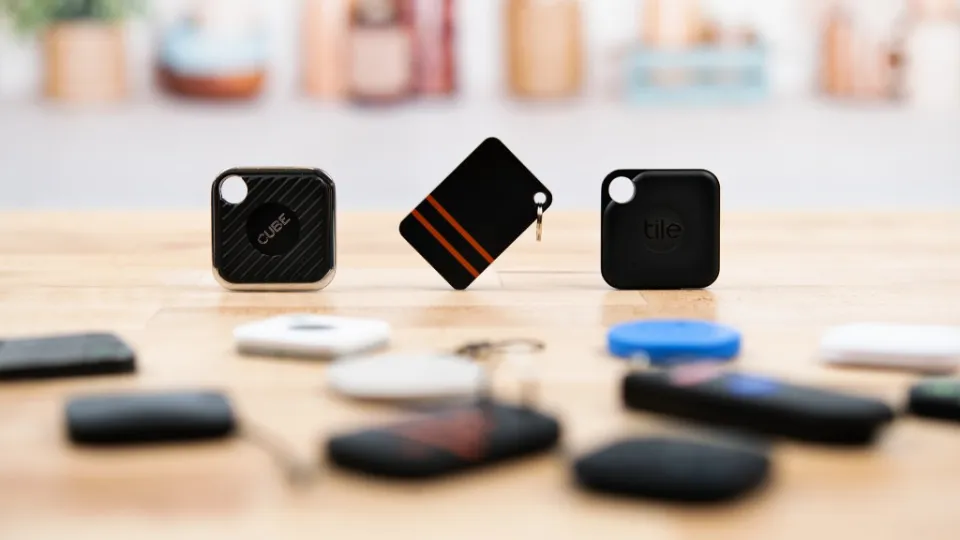In this article, you’ll discover the common causes of the check engine light, what to do if it appears, how to manually reset the light, and other related information.
Common Causes for Honda Check Engine Light
The Civic, Accord, CR-V, Pilot, Odyssey, or Ridgeline from Honda may have the check engine light on. Seeing an engine warning on your dashboard can be unsettling, especially if you’ve never seen one before. A wide array of issues can cause a check engine light to come on, some more serious than others. Fortunately, AutoNation Honda Renton is available to assist you in determining what might be wrong and what you should do next. We’ve highlighted the most frequent reasons why a check engine light comes on below.
- Loose Gas Cap: Your gas cap is either missing, broken, or loose. Problems with the gas cap can cause a drop in fuel pressure and let fuel vapors escape, lowering fuel efficiency and raising harmful emissions.
- Failing Catalytic Converter: Particularly with higher mileage vehicles, your catalytic converter may eventually become clogged with debris. The catalytic converter is a crucial component of the emissions system because it eliminates dangerous carbon monoxide. The fuel efficiency and performance of a vehicle can be significantly affected by a failing or clogged catalytic converter.
- Fouled Spark Plugs or Spark Plug Wires: New spark plugs or spark plug wires will eventually be required over time. Your engine can start and run because your spark plugs produce a hot spark that ignites the cylinder’s air-and-fuel mixture. Your engine may misfire, which will impact fuel efficiency, performance, and even its ability to start at all. Faulty spark plugs or spark plug wires can also result in this.
- Faulty Oxygen Sensor: Your oxygen sensor might need to be replaced if it has been exposed to hot exhaust gas for a long time. The oxygen sensor provides vital air-fuel mixture information to the ECU. The computer in your car may deliver too much or too little fuel to the engine as a result of a damaged oxygen sensor. An engine that has too much fuel will produce a lot of smoke and odor, and one that has too little fuel will likely completely fail.
- Faulty Mass Air Flow Sensor: The Mass Air Flow (MAF) sensor may malfunction when exposed to soiled or particle-rich air. The MAF sensor, like the oxygen sensors, measures the amount of air entering the engine and aids in maintaining the right air-fuel ratio. Your engine may misfire as a result of a bad MAF sensor, which will ultimately result in poor fuel efficiency, poor performance, and possibly more needless engine damage.
Honda Check Engine Light
Your Honda should be towed in immediately if the check engine light begins to flash because it indicates a serious issue that needs to be fixed right away. A flashing light indicates a dangerous issue that, if not fixed right away, could cause serious harm to the car. This blinking light typically denotes a serious engine misfire that allows unburned fuel to escape into the exhaust system. There, it can quickly increase the catalytic converter’s temperature to the point where damage is likely, necessitating a costly repair. When the check engine light flashes, do spark plugs play a role? Certainly, this could be the reason. The engine can misfire if the spark plug is damaged, worn out, or dirty. Please call our Nalley Honda team of automotive professionals right away at 7707568717 if your check engine light is flashing. Continuing to drive or ignoring the issue may cause it to spread to the ignition coils, catalytic converter, or spark plug wires, necessitating a costly repair.
Honda Check Engine Light Flashing
Although there are countless potential causes of an illuminated Check Engine Light, we are aware from years of providing Check Engine Light Diagnosis Service that there are several typical causes, including something as straightforward as a loose gas cap. A damaged oxygen sensor, a faulty emissions control component, a bad head gasket, a problem with the fuel injection system, a dirty mass airflow sensor, a problem with the spark plugs, to name a few, are additional frequent causes of a Check Engine Light. Regardless of the underlying cause of the Check Engine Light, we have Honda Certified Technicians and a certified service protocol to identify the issue and make the necessary repairs to return the vehicle to factory specifications. The Check Engine Light will then turn off, and you can leave the repair shop confident that your Honda problem has been resolved.
Every Honda was built with a cutting-edge performance monitoring system that includes a computer, a number of strategically placed sensors on the vehicle’s critical systems, and high-tech hardware. The sensors send data to the electronic control unit while continuously detecting conditions. The Check Engine Light will illuminate, alerting you to a problem, if the electronic control unit determines that the data is not within factory specifications. That is the drawback of the Check Engine Light, though, as it won’t explain what exactly is wrong or what to do to fix it. We can help with that because Nalley Honda offers a Check Engine Light Diagnosis Service that identifies the root cause and provides you with advice on what to do next from a Highly Qualified Service expert.
Honda Check Engine Light Codes
Although seeing that tiny light on your car’s dashboard suddenly illuminate when the check engine light comes on can be quite frightening, you shouldn’t immediately stop and cower in fear. Diagnostic trouble codes (DTC), also known as check engine light codes, are just another name for them. These are the automotive computer codes that your ECM, also referred to as the OBD (on-board computer diagnostic system), has stored. Your check engine light could mean one of hundreds of different codes. While that may seem intimidating, with a little perseverance, learning how to perform basic diagnostics will teach you useful information about your car and enable the Check Engine Light to serve as its intended purpose—that of serving as a guide. Unfortunately, a check engine light that is on not always accompanied by clear and helpful vehicle symptoms. Since there are hundreds of possible OBD codes, there are also hundreds of possible reasons for the light, including:
- Bad Spark Plugs
- Emissions controls issues
- Computer output circuit issues
- O2 Sensor
- Loose Gas Cap or Missing Gas Cap
- Old Battery
- Fuel and air metering systems problems
- Transmission issues
- Ignition system faults
It is crucial for someone with limited automotive knowledge to not assume what a code means because of this. If a structural issue is the cause of the engine light, failing to address the problem promptly puts your car in danger of further damage. Call 7707568717 to schedule your check engine light service at Nalley Honda right away! As soon as your check engine light illuminates, you should have it inspected by a licensed Honda mechanic.
What Does the Check Engine Light Mean?
Your Honda’s check engine light is one of the most frequently misinterpreted lights or indicators. There are various ways the check engine light can be displayed and is a feature of the onboard diagnostics system. It can say “Check Engine”, it can be a symbol of an engine, it can even be a combination of both. This light is a component of your car’s diagnostics system, and it either glows amber or red. Since the 1980s, onboard computers have increasingly controlled and monitored vehicle performance and have a variety of functions for your Honda. Initiating stability control, adjusting the ignition timing in automatic transmissions, and regulating engine speed are just a few of these. Having said that, the check engine light can indicate a number of different things. It could be something as simple as your gas cap being loose or something more serious like your engine knocking. Contact Nalley Honda if the check engine light is on in your Honda. Our Honda service department can assist you in determining what code is causing your check engine light to come on or in reviewing the reasons why it is glaring. Get in touch with Nalley Honda right away!
What to Do When Honda Check Engine Light is On
Like most Fishers drivers, you probably don’t think much of the Honda check engine light. However, it is best to have a professional inspect your car to make sure that there isn’t a problem, despite the temptation to quickly check your car yourself and then reset the check engine light. The logical thing to do when the Honda check engine light comes on is to have your car serviced, but how long until you actually need to bring it in? Depending on when and how the light illuminates, you can expect to do the following:
- Illuminates under certain circumstances: Is your car not operating as it did before? Avoid driving as much as you can, and bring your car right away to our service center because something is failing and it’s possible that it won’t start again.
- Is constantly on: This signifies that there is a problem that needs to be fixed as determined by the onboard diagnostic system. While your car may still function normally and you can still drive it, you should have a professional fix the problem before it worsens and leads to more problems and damage.
- Blinks while driving: There is a significant, urgent problem, so you must stop and have your vehicle serviced right away. If you’re not close by, we advise having your vehicle towed to our service facility.

How to Reset Honda Check Engine Light
The light should go out by itself after you take your car to a Westfield service center to have the issue located and fixed. If you continue driving for the next 20 to 40 miles, it might, in some circumstances, go off. Bring your vehicle back to our service center, and we’ll reset the Honda check engine light for you if the illuminated light continues to follow you around as you commute.
You can also manually reset your car by cutting the negative battery cable if you are mechanically savvy. These are the steps on how to reset the Honda check engine light:
- OFFSET the ignition. Put on your gloves and safety glasses.
- Locate the negative terminal. Usually, it has a black cap and a negative (–) symbol. Keep in mind that the positive cap will be red and will display the symbol (+).
- Use a wrench to loosen the nut on the negative terminal. Pull the battery’s negative connector out next. For 30 to 60 seconds, leave it aside.
- With your wrench, reattach the negative cable and tighten it once more.
- Your Honda car’s check engine light ought to be turned off after doing this. Whenever all else fails, just stop by Penske Honda and we’ll assist you.
Will the Check Engine Light Reset Itself?
If the problem or code that activated the check engine light in your Honda is resolved, the check engine light will typically turn off by itself. For instance, if a loose gas cap was the reason your check engine light came on, the light will automatically turn off once the gas cap is tightened. Similarly, if your catalytic converter is failing and you did a lot of stop-and-go driving, that may have triggered the check engine light due to the high converter usage. Your Honda light will typically turn off 20 to 40 miles into the trip. You must bring it to Nalley Honda if you drive over that amount and the light is still on so that the light and code can be checked twice and reset.
How Much Does It Cost to Get the Engine Light Checked?
The typical price for check engine light diagnosis and testing ranges from $88 to $111. The important news is that Nalley Honda typically provides free diagnostics and multi-point inspections to assist in identifying the cause of your check engine light. It is important to get the proper code reading and diagnosis because the check engine light can alert you to problems ranging from a loose gas cap to a more dangerous failure like a bad catalytic converter or a problem with one of the car’s oxygen sensors.
How Many Miles Can You Drive With the Check Engine Light?
If your check engine light is flashing, we advise you to pull over and call Nalley Honda so we can determine whether it is safe for you to continue driving or if a tow truck is necessary. Anything from a faulty sensor to worn-out plug wires could be the cause. Because each check engine light has a different severity level, it is typical to predict how many miles you can travel with the warning light on. The best course of action is to crack the code and then carefully formulate your strategy.
Is It Safe to Drive Your Honda With the Check Engine Light On?
Since everything depends on how serious the issue is, the answer to this question is not particularly straightforward. It should be safe to drive if the problem is a minor one, like a loose gas cap. The check engine light will reliably glow to let you know this. If the vehicle performs inconsistently, there might be a more serious issue. If your Honda’s check engine light is flashing, there is likely a serious problem and it is advised that you get it serviced right away. To describe the problems, contact the Nalley Honda specialists by calling 7707568717. Alternately, slow down and bring your Honda as soon as you can to our qualified mechanics.
What Could Cause the Check Engine Light to Come on in a Honda?
It may only be necessary to tighten or replace your gas cap if your check engine light is on. The check engine light may also be an indication of a serious issue that could seriously harm your engine and result in a hefty repair bill. The check engine light may be illuminated or blink depending on your vehicle’s make and model. A steady glow typically denotes something less serious, but a check engine light that flashes means your car’s engine is having serious issues and needs immediate attention. We strongly advise not driving your Honda while the check engine light is flashing and making an appointment for Honda service right away. Below is a list of the most common reasons your check engine light can come on:
- any problems with accessories. If it’s not installed properly, an aftermarket alarm, exhaust, or distinguishing item can cause serious damage to your Honda. These aftermarket components and add-ons may drain the battery, illuminate the check engine light, or even prevent the vehicle from starting. If these problems sound serious, bring your vehicle to Honda and let our staff of qualified mechanics check that your aftermarket parts were installed properly and aren’t posing any problems. While purchasing accessories, especially aftermarket parts and accessories, or using OEM components in the first place may cost a little more, you may avoid having to pay to have poor workmanship and damage brought on by poor installation work fixed.
- Vacuum leak in your Honda. Every Honda has a vacuum system that can be used for a variety of tasks. By directing the fumes as gasoline evaporates through the engine, the vacuum system also aids in reducing harmful emissions. A vacuum leak may be to blame if you notice that your RPM fluctuates or is high while it is idle. Vacuum hoses can dry out and crack over time, especially if they are subjected to intense heat or cold.
- Low or dead, the battery. Your Honda has a massive battery. Your car won’t start, play the radio, light up the road ahead, or charge your phone if it doesn’t have a battery. Car batteries today last a lot longer than they did a few decades ago, and they hardly ever need maintenance. The cost of a new one varies depending on the model of Honda you drive, but be sure to check out our service discounts and specials right now.
- You should swap out your O2 sensor (also known as an oxygen sensor). The oxygen sensor, also referred to as the O2 sensor, gauges how much oxygen is present in your exhaust system. Fuel burns more quickly and your car’s fuel economy will be less accurate if there is too much oxygen in the exhaust system.
- Your Honda’s gas cap may be one of the most common and acceptable causes if it is loose, broken, or missing. Your Honda’s gas cap has several uses. It seals the fuel system, keeps the fuel tank’s pressure stable, and stops gas fumes from escaping when you’re not driving. What happens if a bad fuel cap is kept on? You might lose fuel through evaporation if your gas cap is worn out or has a broken seal, which would necessitate more trips to the pump. Fortunately, changing a gas cap doesn’t cost much money. Make sure the cap is secure and that it is still on the roof of your car or at the fuel pump before doing anything else if your Honda’s check engine light suddenly comes on after you fill up with gas.
- Your Honda needs brand-new plug wires or spark plugs. The component of your engine that ignites the air/fuel mixture in the combustion chamber of your car is the spark plug. The engine runs because of this explosion, which drives the pistons. The ignition coil’s spark delivers itself to the spark plugs via the spark plug wires. It will perform poorly and have less power if your spark plugs or spark plug wires are damaged or old. In a few rare, extreme situations, your engine might have trouble starting or keeping running. A clogged catalytic converter or damage to the ignition coils and O2 sensors from worn spark plugs and plug wires can result in more expensive repairs.
- You should swap out your mass airflow sensor, or MAF. By measuring the amount of air entering the engine, the mass airflow sensor in your Honda determines how much fuel is necessary to run your engine effectively. The mass airflow sensor aids in adjusting to changes in pressure, such as altitude, as part of the engine management system. A bad mass airflow sensor may cause your Honda to have trouble starting, idle poorly, or experience a sudden change in the position of the throttle pedal.
- It’s bad or about to get bad for your catalytic converter. The exhaust system on your Honda includes the catalytic converter. The purpose of the catalytic converter is to convert carbon monoxide produced during combustion into carbon dioxide. For this reason, Nalley Honda includes a free multi-point inspection with every Honda service: neglected maintenance is frequently the root of catalytic converter damage. Your Honda won’t pass an emissions test, exhibit poor engine performance, and have a negative impact on your fuel economy if you ignore a problem with your catalytic converter and don’t have it repaired. Additionally, your car may run hotter, which can lead to distinct overheating-related issues.








